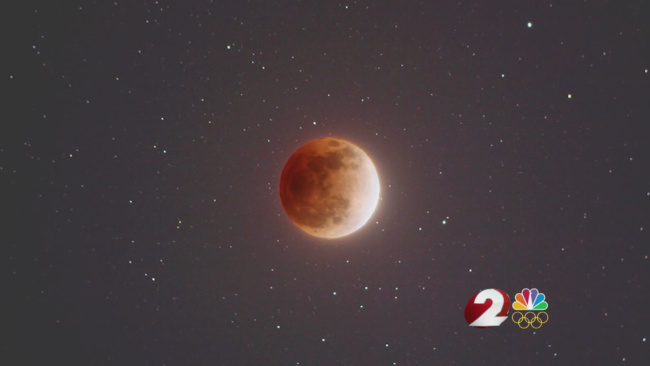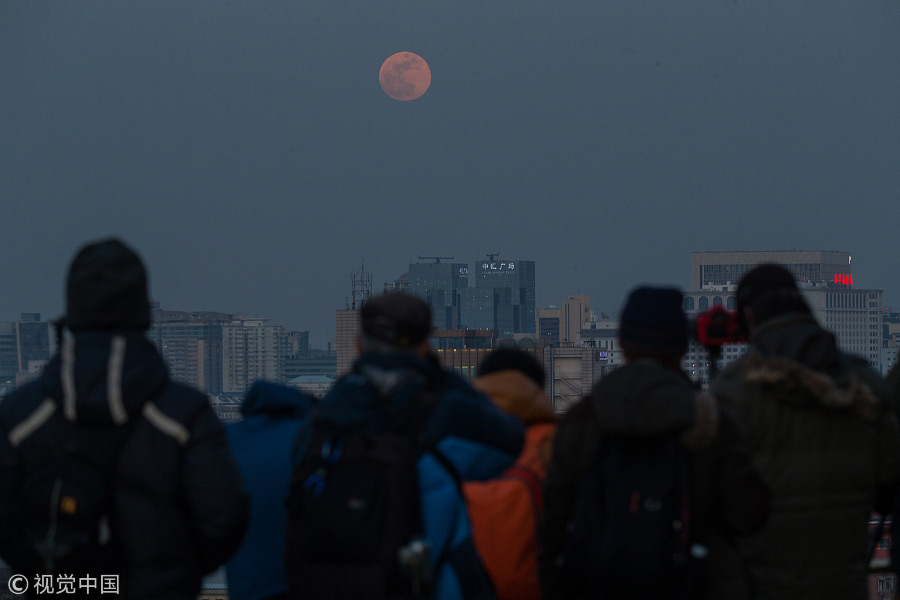On Jan. 31 in the early morning, there was a super blue blood moon. This trifecta of events does not happen often.
Viewers set their alarm clocks early, around 6:15 a.m. for the Dayton area, and were able to view the super blue blood moon from their porches and backyards.
A supermoon is when the moon is closer to earth, making it 14 percent brighter than any other moon. It’s details are very visible and easy to identify.
Normally the moon cools slowly over the course of 29.5 earth days, but when there is a lunar eclipse the moon cools incredibly quick.
“For the researchers, the eclipse offers a chance to see what happens when the surface of the Moon cools quickly. This information will help them understand some of the characteristics of the regolith — the mixture of soil and loose rocks on the surface — and how it changes over time,” said NASA, about what knowledge they could gain from this lunar eclipse.
 There have been two supermoons this month, which is sometimes uncommon.
There have been two supermoons this month, which is sometimes uncommon.
A blue moon is the second full moon in a month, and does not change its appearance in comparison to any other full moon.
This moon was also a blood moon. This is when the moon is in the earth shadow, giving it a reddish tint. There are usually four over the span of two years.
There was also a total lunar eclipse last night, but it was not completely visible to the eastern U.S. The eclipse was visible to the western U.S states.
The next total lunar eclipse will be July 27, 2018. However, the next one visible to the United States will be Jan. 21, 2019.
In a total lunar eclipse the earth’s shadow will completely cover the moon. This is similar to a blood moon, but has a much darker and more prominent red tint.
The super blue blood moon was a great time for astronomers to view and learn about the moon, due to its closeness. Even amatuer star gazers were able to view parts of the moon that were usually difficult to observe. To learn to track the moon’s phases, NASA has a Moon Phase Journal available on their website to print for free.
For more information on the moon, visit moon.nasa.gov.
Kelsey Fitzpatrick
Reporter


